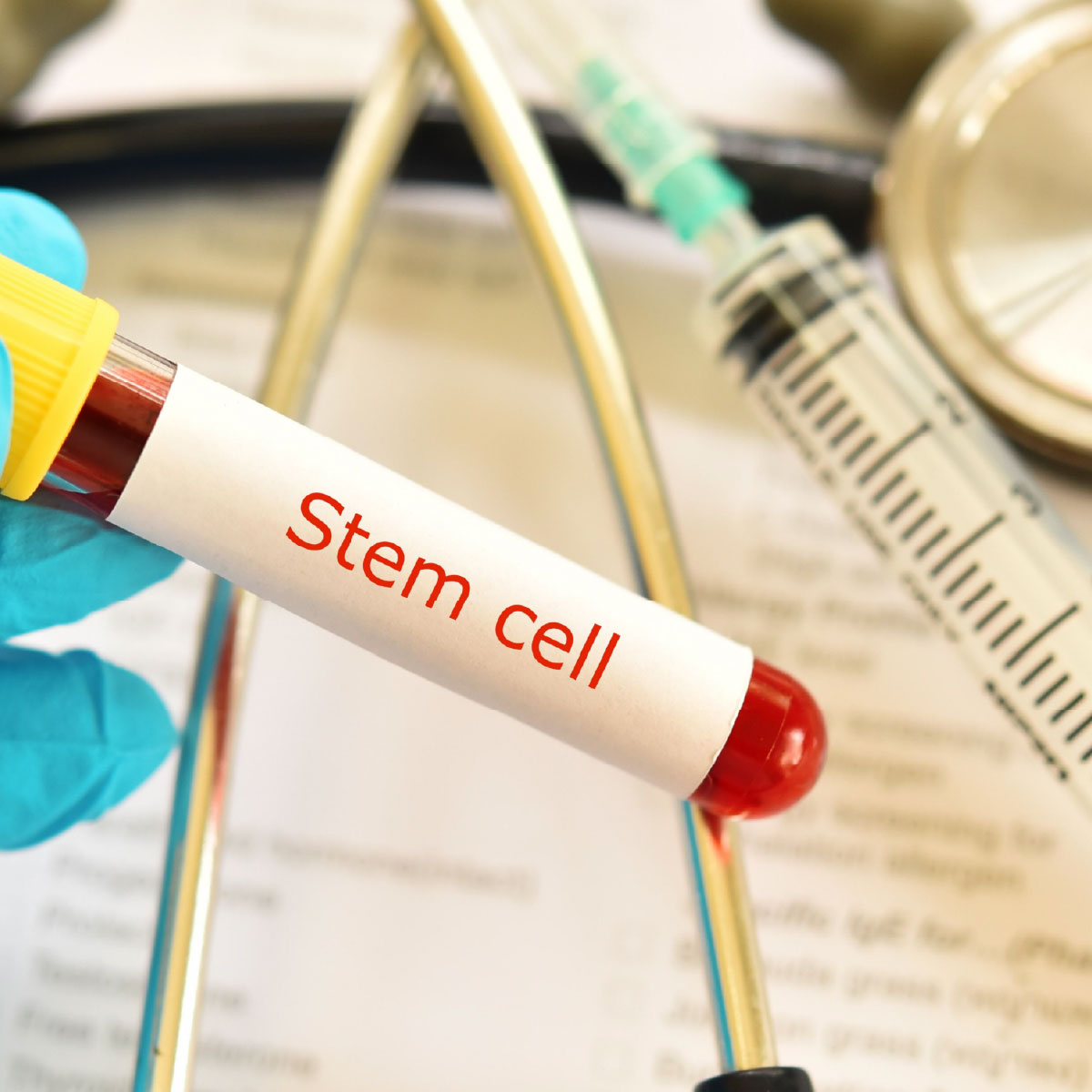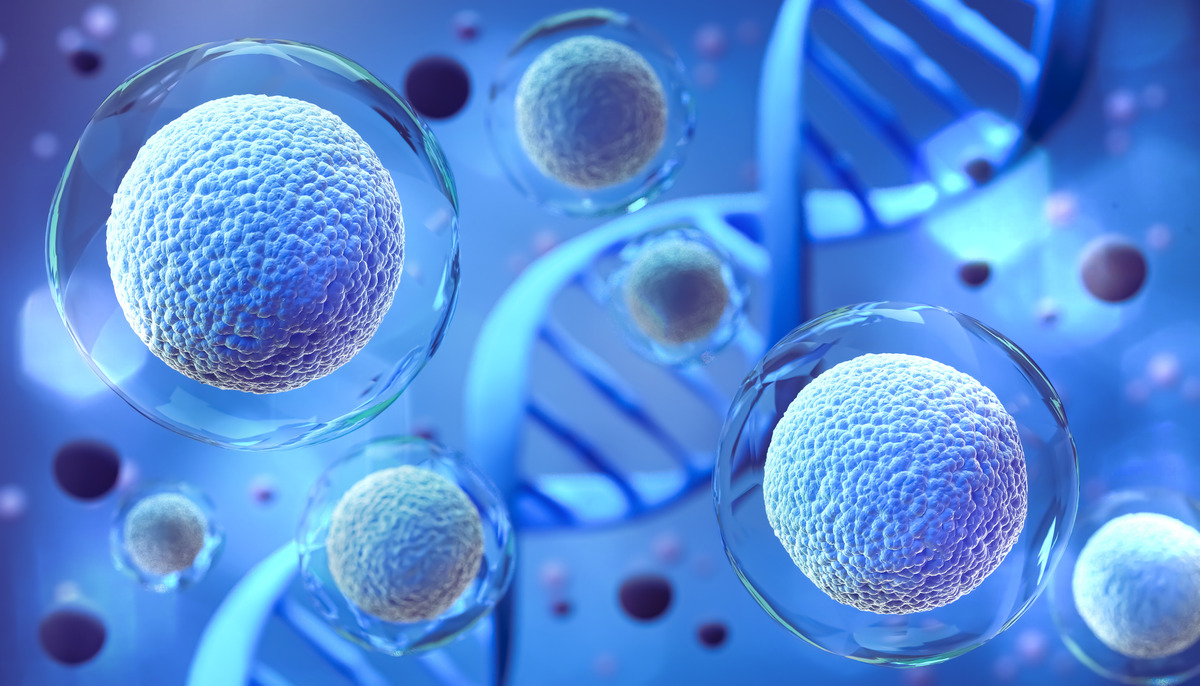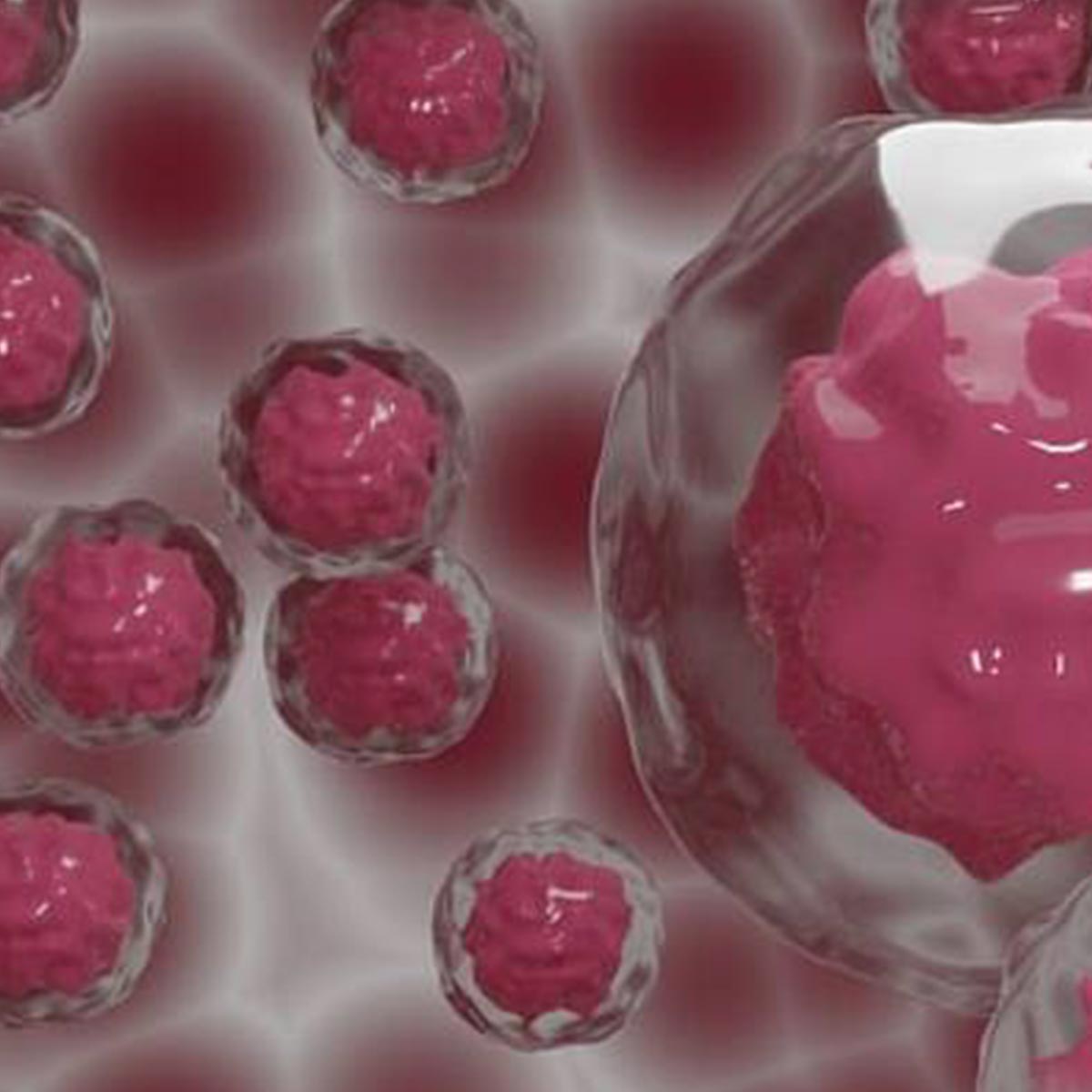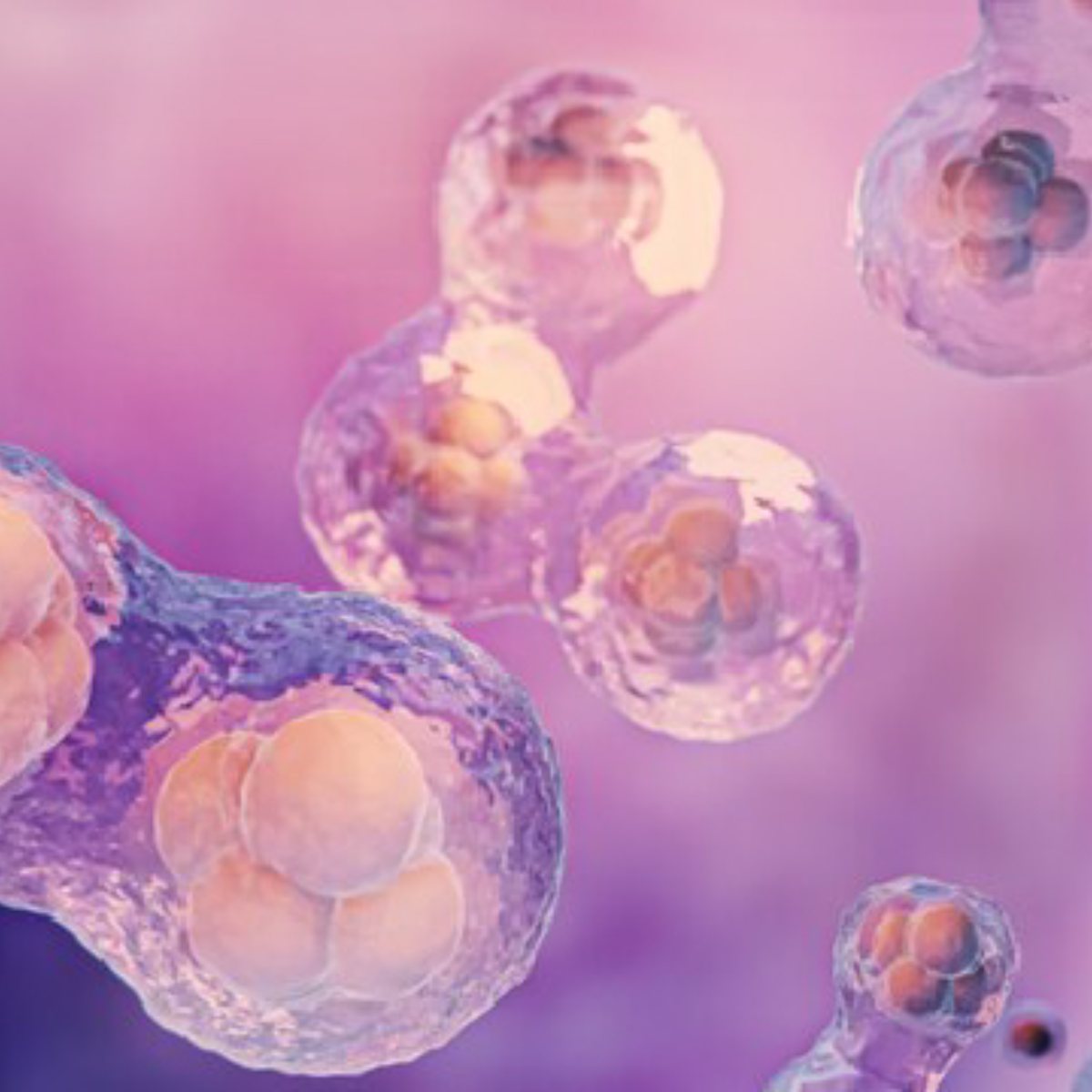Stem Cell Collection at Birth: Step-by-Step Process

As expectant parents, you want to provide the best possible start for your child's life. One increasingly popular option is stem cell collection at birth, which can potentially safeguard your baby's future health. In this comprehensive guide, we'll walk you through the process of stem cell collection and banking, helping you understand each step and its importance.
What are Stem Cells?
Before diving into the collection process, let's briefly explain what stem cells are:
- Stem cells are the body's raw materials from which all other cells with specialized functions are generated.
- They have the unique ability to develop into various cell types in the body.
- Stem cells can potentially be used to treat a wide range of diseases and conditions.
Why Choose Stem Cell Banking?
Stem cell banking offers several benefits:
- Potential treatment for future illnesses
- Perfect genetic match for the child
- Possible match for siblings or family members
- Advancements in regenerative medicine
The Step-by-Step Process of Stem Cell Collection at Birth
Step 1: Pre-Birth Preparation
- Choose a reputable stem cell bank like Cryoviva Life Sciences.
- Choose a reputable stem cell bank like Cryoviva Life Sciences.
- Complete necessary paperwork and consent forms.
- Receive a collection kit from your chosen stem cell bank.
Step 2: During Labor and Delivery
- Remind your healthcare team about your plan for stem cell collection.
- The process doesn't interfere with the birthing experience.
- Collection occurs after the baby is born and the umbilical cord is clamped and cut.
Step 3: Umbilical Cord Blood Collection
- A trained healthcare professional performs the collection.
- The umbilical cord is sterilized.
- A needle is inserted into the umbilical vein to collect the blood.
- This process takes about 5-10 minutes and is painless for both mother and baby.
Step 4: Umbilical Cord Tissue Collection (if opted for)
- A small segment of the umbilical cord is collected.
- This tissue contains a different type of stem cells (mesenchymal stem cells).
- The process is quick and doesn't affect the delivery or the baby.
- Step 5: Packaging the Collected Samples
- The collected blood and/or tissue are carefully packaged in the provided kit.
- The kit is properly labeled with unique identifiers.
- Temperature-controlled packaging ensures the samples remain viable during transport.
Step 6: Transportation to the Stem Cell Bank
- The collection kit is picked up by a specialized courier.
- It's transported to the stem cell bank's processing facility under controlled conditions.
- Time is crucial - processing should begin within 48 hours of collection.
Step 7: Processing and Testing
- The samples are processed to isolate and concentrate the stem cells.
- Various tests are performed, including:
- Viability testing
- Cell count
- Bacterial and fungal cultures
- HLA typing
- Step 8: Cryopreservation
- The processed stem cells are mixed with a cryoprotectant solution.
- They are then slowly cooled to very low temperatures (-196°C) using controlled-rate freezing.
- The frozen samples are transferred to long-term storage tanks filled with liquid nitrogen.
Step 9: Storage and Monitoring
- The stem cells are stored in secure, monitored facilities.
- Regular checks ensure optimal storage conditions are maintained.
- The stem cells can be stored for many years, potentially decades.
Step 10: Release When Needed
- If the stem cells are ever needed for treatment, they can be quickly retrieved and thawed.
- The stem cell bank coordinates with healthcare providers for proper transportation and use.
Choosing the Right Stem Cell Bank
When selecting a stem cell bank for your baby's stem cell collection, consider the following factors:
- Accreditations and certifications
- Processing and storage technologies
- Success rate in stem cell retrieval
- Financial stability of the company
- Customer support and transparency
- Pricing and payment options
Conclusion
Stem cell collection at birth is a simple yet potentially life-changing process. By understanding the steps involved, from pre-birth preparation to long-term storage, you can make an informed decision about stem cell banking for your child.
Remember, the collection process is safe, painless, and doesn't interfere with the birthing experience. With advancements in medical science, preserving your baby's stem cells could provide valuable treatment options in the future.
If you're considering stem cell banking, consult with your healthcare provider and research reputable stem cell banks like Cryoviva Life Sciences to ensure you're making the best choice for your family's future.












 Enquiry
Enquiry
 Email
Email Phone
Phone
 Whatsapp
Whatsapp